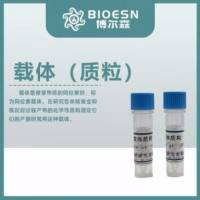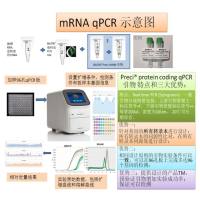Presenilin-Based Transgenic Models of Alzheimers Dementia
互联网
1186
Since the identification of the mutations in presenilin 1 and presenilin 2 genes more than a decade ago, a great deal of research has filled the gap in our knowledge of mutations underlying various phenotypes of Alzheimer’s disease (AD) that appear relatively early in the life of presenilin (PS) mutation carriers. Various molecular and cell biological techniques that showed functional differences between wild-type and mutant PS emerged during this time. In this chapter, we review this research by roughly categorizing findings that are similar or support a certain hypothesis. Sect. 1 discusses the function of PS as the component of γ-secretase, which generates amyloid β (Aβ). We also present a short history of how PS mutations were first considered to produce more Aβ42 (gain of function) and later found to produce less Aβ40, resulting in a higher Aβ42/Aβ40 ratio (loss as gain of function). This produces a condition in which Aβ is prone to aggregate, supporting the amyloid hypothesis of AD. Sect. 2 summarizes PS function vis-�-vis Notch signaling, which was identified by the gene-knockout approach. A hypothesis is discussed that suggests a partial loss of function, mainly based on various AD-like phenotypes observed in conditional double PS knockout mice. The first half of Sect. 3 is devoted to a review of various abnormalities related to the intracellular calcium regulation in cell and animal transgenic models of PS. The remainder of Sect. 3 discusses other potential mechanisms of PS dysfunction caused by mutations. These include abnormalities in protein trafficking, β-catenin/cadherin-related activities, and posttranslational modifications, the latter of which include endoproteolytic cleavage of PS itself, GSK-3β-dependent phosphorylation of tau, autophagy-based protein degradation, neprilysin-mediated Aβ metabolism, and alteration of unfolded protein response signaling. Any one or more of these PS dysfunctions may underlie the pathogenesis of familial AD and perhaps sporadic AD, if linked to mode of actions caused by nongenetic risk factors such as aging. Finally, we suggest the importance of bridging nonlinear dynamics of memory with molecular neuroscience of AD from multidimensional perspectives.









